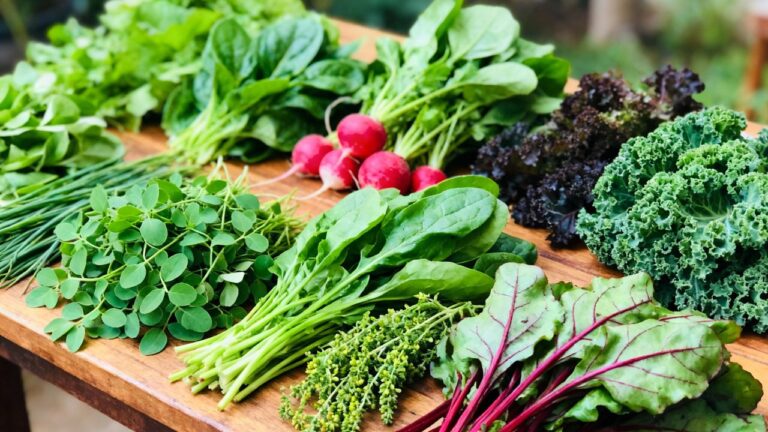
International Year of Camelids 2024: Guardians of Livelihoods and Sustainable Futures (Image Credit: FAO)
International Year of Camelids 2024: According to the Food and Agricultural Organization (FAO), camelids impact the lives of millions of households in over 90 countries. Their diverse roles extend beyond being mere animals; they are integral to the fabric of societies globally.
From the Andean highlands to the arid landscapes of Africa and Asia, camelids are more than just creatures; they are pillars of communities, providing sustenance and support where it is needed the most.
Camelids encompass a diverse group, including alpacas, Bactrian camels, dromedaries, guanacos, llamas, and vicuñas. Each species plays a unique role in sustaining communities and ecosystems. Their adaptability to various environments makes them not just a local resource but a global asset, contributing to the resilience of communities facing diverse challenges.
Camelids and Sustainable Development Goals (SDGs):
A Holistic Contribution Camelids serve as a vital source of nutrition, contributing significantly to the fight against hunger and malnutrition. The fibres derived from camelids find use in clothing and shelter, aligning with sustainable practices and supporting livelihoods. Moreover, camelids serve as reliable means of transportation and providers of organic fertilizer, enhancing agricultural practices in various regions. Thriving in challenging conditions, camelids prove to be resilient and adaptive, making them invaluable in diverse ecosystems.
Impact on Indigenous Peoples and Local Communities
In the highlands of the Andes mountain ranges and arid and semi-arid lands in Africa and Asia, camelids play a pivotal role in the livelihoods of the inhabitants. Their presence is crucial for the sustainability of these unique ecosystems. The International Year of Camelids provides an opportunity to recognize and celebrate the interconnectedness of these communities with camelids, emphasizing the importance of preserving these relationships for generations to come.
Camelids, as resilient beings surviving in harsh conditions, become ambassadors for raising awareness about climate change. Their experiences and adaptations can serve as powerful tools in understanding and addressing environmental challenges. By highlighting the impact of climate change on camelids, the International Year of Camelids aims to inspire global action to mitigate climate change’s effects on vulnerable communities and ecosystems.
Objective of the International Year of Camelids 2024
Building Awareness: The primary objective of the International Year of Camelids 2024 is to build awareness of the untapped potential of camelids. By doing so, it aims to shed light on the multifaceted contributions of these animals to various aspects of human life. Through education and outreach, the year seeks to foster a deeper appreciation for camelids and their role in building sustainable and resilient societies.
Advocating for Investment: The declaration calls for increased investment in the camelid sector. This includes advocating for greater research, capacity development, and the use of innovative practices and technologies to further enhance the contributions of camelids. Investing in the camelid sector is an investment in the well-being of communities, as camelids continue to prove their significance in addressing global challenges.
The year 2024 serves as a call to action, urging global communities, governments, and organizations to recognize and harness the potential of camelids in creating sustainable and resilient societies. It encourages collaborative efforts to ensure the well-being of camelids and the communities dependent on them, emphasizing the interconnectedness of human and animal welfare on a global scale.






